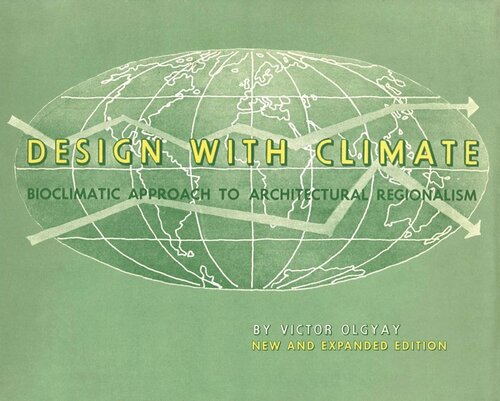

Most ebook files are in PDF format, so you can easily read them using various software such as Foxit Reader or directly on the Google Chrome browser.
Some ebook files are released by publishers in other formats such as .awz, .mobi, .epub, .fb2, etc. You may need to install specific software to read these formats on mobile/PC, such as Calibre.
Please read the tutorial at this link: https://ebookbell.com/faq
We offer FREE conversion to the popular formats you request; however, this may take some time. Therefore, right after payment, please email us, and we will try to provide the service as quickly as possible.
For some exceptional file formats or broken links (if any), please refrain from opening any disputes. Instead, email us first, and we will try to assist within a maximum of 6 hours.
EbookBell Team

4.3
8 reviewsArchitects today incorporate principles of sustainable design as a matter of necessity. But the challenge of unifying climate control and building functionality, of securing a managed environment within a natural setting—and combating the harsh forces of wind, water, and sun—presented a new set of obstacles to architects and engineers in the mid-twentieth century.
First published in 1963, Design with Climate was one of the most pioneering books in the field and remains an important reference for practitioners, teachers, and students, over fifty years later. In this book, Victor Olgyay explores the impact of climate on shelter design, identifying four distinct climatic regions and explaining the effect of each on orientation, air movement, site, and materials. He derives principles from biology, engineering, meteorology, and physics, and demonstrates how an analytical approach to climate management can merge into a harmonious and aesthetically sound design concept.
This updated edition contains four new essays that provide unique insights on issues of climate design, showing how Olgyay's concepts work in contemporary practice. Ken Yeang, John Reynolds, Victor W. Olgyay, and Donlyn Lyndon explore bioclimatic design, eco design, and rational regionalism, while paying homage to Olgyay’s impressive groundwork and contributions to the field of architecture.